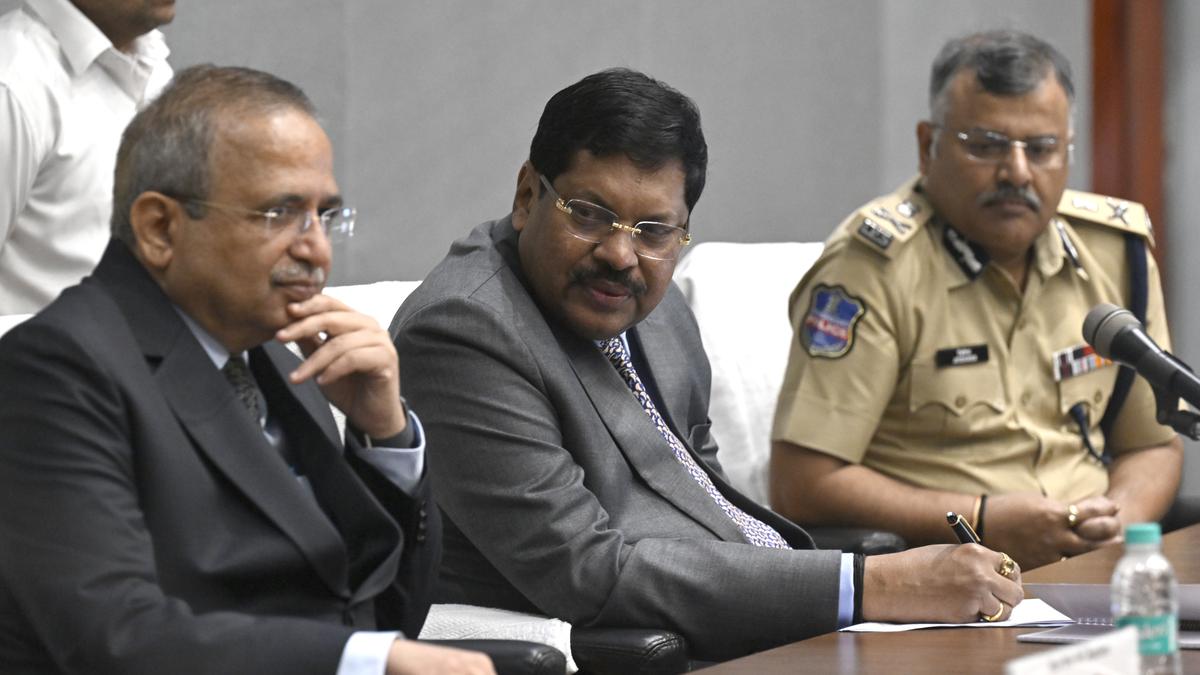
District judiciary is pillar of legal grievance system: Justice B.R. Gavai
The Hindu
Supreme Court judge emphasises the need for improved infrastructure in district judiciary for efficient justice delivery system.
It is imperative to improve the infrastructure of the district judiciary, which is the backbone of the justice grievance system in the country, said Supreme Court judge Bhushan Ramakrishna Gavai on Saturday.
He was addressing the gathering after inaugurating NSTEP (a system for serving, processing and monitoring summons electronically in criminal cases) at Telangana State Judicial Academy in Secunderabad. He said that without adequate infrastructure, both physical and technological, full potential of judiciary reforms cannot be realised.
“Better court facilities, access to digital tools, robust connectivity and sufficient human resources to district judges,” are a must to strengthen district courts, Justice B.R. Gavai noted. While technological advancement is important, an equal impetus should be given to infrastructural facilities in district courts, he said.
“Investment in district judiciary is about ensuring justice at every nook and corner ... swiftly and fairly,” Justice B.R. Gavai said. He observed that the adoption of technological tools shows the ‘transformative stage’ of the judiciary standing at the intersection of traditional procedures and modern technology.
Noting that geographical and socio-economic barriers often hinder access to legal remedies, the judge said the technology had the power to be a key enabler in bridging gaps in communication and reducing manual errors while expediting the process of rendering justice.
Telangana High Court Chief Justice Alok Aradhe said the State was the first in the country to introduce NSTEP in civil cases. The civil law practice rules were then amended. The NSTEP in criminal cases would help slash the delay in serving summons.
Director-General of Police Jitender, who was present at the inaugural programme, told The Hindu later that summons in criminal cases would be sent to the police station concerned online. From there, the police personnel would serve the summons to the mobile phone number or email id of the persons concerned.











